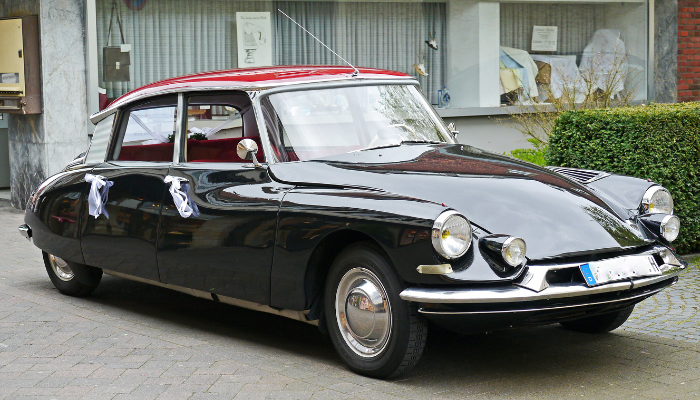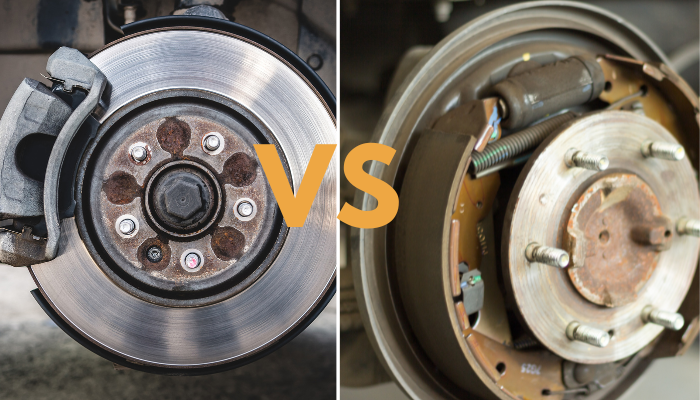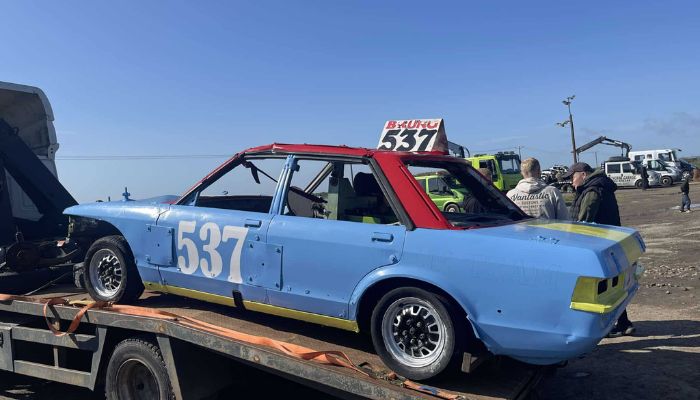There’s nothing quite like the feeling of finding an old classic car that’s been hidden away in a barn for years. I love watching TV shows like Rust Valley Restorers, seeing them bring back rotten cars that looked like they were fit for scrap from the brink of death. But can you undertake a barn find restoration yourself? We look at five things you need to check before attempting to restore a barn find.
Keep in mind that restoring a barn find can be a mammoth task – but with careful planning and execution, it can be done! The most important tip before we begin our list is to think with your head rather than your heart and be logical about the decision.
1) Body and chassis
The first thing you need to do is assess the bodywork and chassis of the car. If it’s been sitting in a barn for years, there’s a good chance that it’s going to be dusty and covered in grime, which may hide what’s underneath. You should first clean the grime off so you can get the complete picture of the bodywork.
Bodywork can be expensive to repair – Assess each panel of the vehicle for rust and damage. Use a magnet to see if there are areas of filler on the panels and a screwdriver to poke at any suspicious-looking areas.
Next up, you need to get a look at the underside of the car. Here you are looking for any damage to the chassis, including corrosion and bad welding. Finally, take a look at the floor pan paying particular attention to any points where the body is mounted to the frame.
2) Electrics
The next thing on our list is the electrics. This is another area where things can go wrong, and it can be expensive to fix. Before beginning, make sure you have a Fire extinguisher to hand, just in case. The first thing you need to do is check all fuses and ensure they are in good condition before a visual inspection of the wiring loom.
You’re looking for any breaks, heat damage or previous fire damage. Next, take a look at the leads and plugs. If everything looks OK, you can connect a fresh battery to the car. Look for any smoke or burning scent – If these occur, disconnect the battery immediately.
If there’s no smoke or burning, then you can turn the key to the on position of the ignition if you have one and see if the dash lights up. It’s important to still be vigilant for any signs of smoke or burning. Listen to see if the fuel pump can be heard and ensure there are no strange sounds.
3) Engine
The next thing on our list is the engine. Even if the body and chassis are in perfect condition, a rotten engine can make the whole restoration process an expensive undertaking.
First of all, check that the engine has oil and what condition that oil is in. Next, you will need to assess whether the engine is seized or not. This can be done by trying to turn it over by hand with a ratchet, ensuring the vehicle is in neutral first – if it doesn’t budge, then it’s seized.
If the engine is seized, then you need to decide whether it’s worth attempting to restore a barn find or not. If it is, then you’ll need to strip down the engine and clean all of the parts before attempting to rebuild it. This is a huge task, so make sure you know what you’re doing before you start!
If the engine is not seized, you still need to inspect it thoroughly. Check for any signs of leaks or damage to the cylinders and pistons and assess the condition of the bearings. Next, check the spark plugs and HT leads too.
Finally, make a visual inspection of the rubber hoses and metal hardlines. These may have corroded over time. If everything looks OK, you can attempt to start the car but will need to drain any fuel in the system and replace it with new fuel. Ideally, you should change the fuel filter too.
If everything seems OK – You can attempt to start the car up. If the engine starts but won’t run smoothly, a few things could be wrong. It could just need a tune-up, or the carburettor may need cleaning. If it’s something more serious like a head gasket leak, you will need to strip down the engine again and make some repairs.
4) Gearbox and differential
Next up are the gearbox and differential. These are both vital parts of the car, and if they’re not in good condition, the restoration process will be much more difficult.
First of all, you need to check the oil level in the gearbox and differential. If it’s low, then you need to find out where the oil is going. Next, check the condition of the bearings and gears. If they’re worn or damaged, then you’ll need to replace them.
It’s also important to check the condition of the driveshafts and CV joints. These can be expensive to replace, so it’s worth checking them over thoroughly before moving on. Finally, make sure you check the condition of the clutch. If it’s worn, then you’ll need to replace it before you can continue with the restoration process.
Gearbox and differential issues can be expensive to fix, so it’s essential to make sure everything is in good condition before you start.
5) Steering, suspension and brakes
The final thing on our list is the steering, suspension and brakes. These are all vital parts of the car which should be inspected before making your final decision.
First of all, you need to check the condition of the steering components. Make sure there’s no wear or damage to the steering rack and that the tie rods are in good condition. Next, check the suspension components. These can be expensive to replace, so it’s important to ensure they’re in good condition.
Finally, check the brakes. Ensure there’s no wear or damage to the brake pads, discs or callipers. Take a look at the brake fluid reservoir, too. Does it have fluid in it? You’ll want to test the brakes before attempting to move the vehicle.
Once all points have been checked thoroughly, you will have a good idea of the work involved in bringing the car back onto the road. You’ll know whether you have the time, skills and tools to carry out jobs yourself or whether it will be necessary to outsource some or all of the work.
If you decide to go ahead and restore a barn find, it’s important to make sure you’re prepared before you start. Good luck!







Leave A Comment